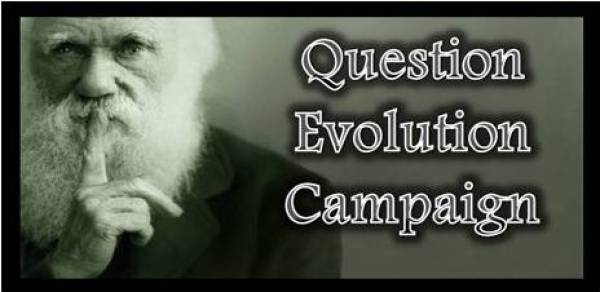How could copying errors (mutations) create 3 billion letters of DNA instructions to change a microbe into a microbiologist?
How could mutations—accidental copying mistakes (DNA ‘letters’ exchanged, deleted or added, genes duplicated, chromosome inversions, etc.)—create the huge volumes of information in the DNA of living things? How could such errors create 3 billion letters of DNA information to change a microbe into a microbiologist? There is information for how to make proteins but also for controlling their use—much like a cookbook contains the ingredients as well as the instructions for how and when to use them. One without the other is useless. (See: creation.com/meta-information.) Mutations are known for their destructive effects, including over 1,000 human diseases such as hemophilia. Rarely are they even helpful. But how can scrambling existing DNA information create a new biochemical pathway or nano-machines with many components, to make ‘goo-to-you’ evolution possible? E.g., How did a 32-component rotary motor like ATP synthase (which produces the energy currency, ATP, for all life), or robots like kinesin (a ‘postman’ delivering parcels inside cells) originate? (See: creation.com/train.)[1]
__________________________________
__________________________________
Related Articles:

you are invited to follow my blog
ReplyDelete